An artist's representation of some famous numbers
Italian artist Mario Merz (1925-2003), husband of artist Marisa Merz, took the Fibonnaci sequence of numbers (featured previously) to new heights, 52 metres into the sky to be exact. Mario Merz summed up the content of the mathematical series in one short sentence: "The principle of proliferation is space and time as one."1
Merz started drawing during World War II when he was imprisoned for his activities with the Giustizia e Libertà antifascist group.2
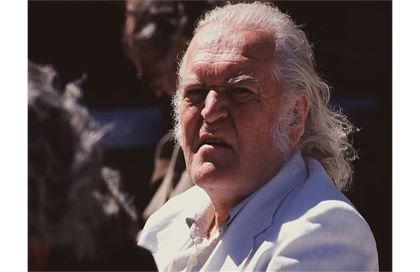
“A tall chimney towers over the cold storage cellars of the old brewery in Unna. Mario Merz had his Fibonacci Sequence mounted along this 52-meter-high landmark that points upward towards the heavens. Returning to them multiple times in his work, Merz has turned the series of numbers into his own artistic symbol. Here, the intention was to create a far-reaching and illuminated sign that pointed to the Center for International Light Art. What better location could there be for this mythical series of numbers from monk and mathematician Leonardo Fibonacci (1170-1240), which Mario Merz has chosen as the embodiment of his symbolic-philosophical art?1
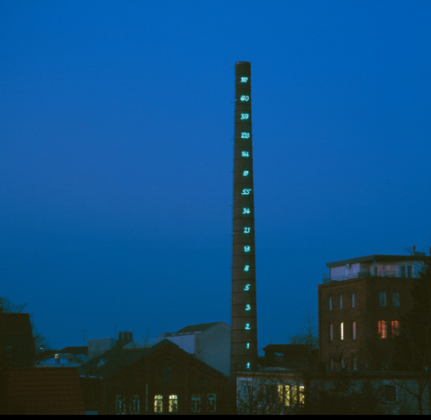
The progression of sixteen numbers is written in the artist's own handwriting and mounted to the chimney (55 cm high and attached with a metal frame). It signifies a continuation of the chain of numbers, rhythmically expanding into the eternity of time and space.1
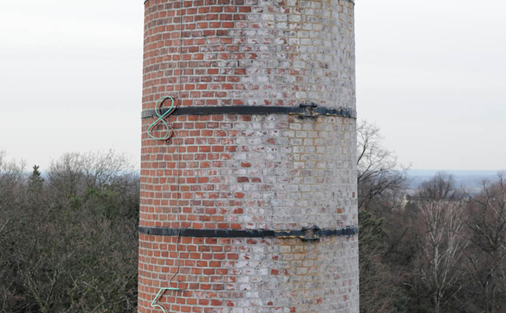
In the 1960s, Merz's work with energy, light and matter placed him in the movement named "Arte Povera". The term, meaning “Poor Art,” where artists use everyday materials, such as newspapers, rags and twigs, was coined by Italian art critic Germano Celant in 1967 and introduced in Italy during the period of upheaval at the end of the 1960s. Artists were taking a radical stance and began attacking the values of established institutions of government, industry, and culture.2
From 1969, The Fibonacci numbers appear repeatedly in Mario Merz's work, examples of these are shown below.
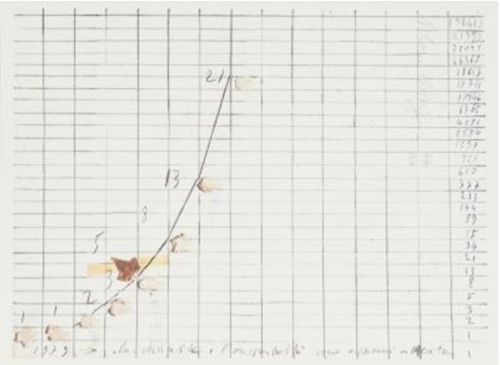
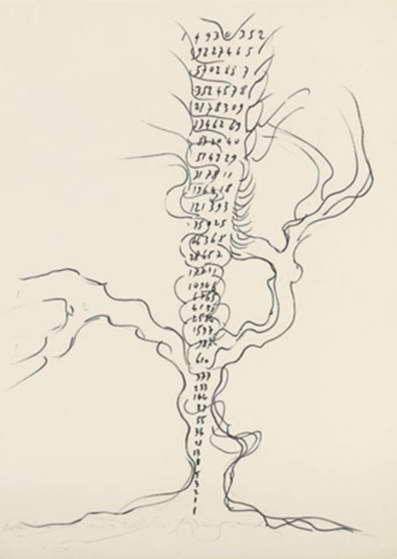
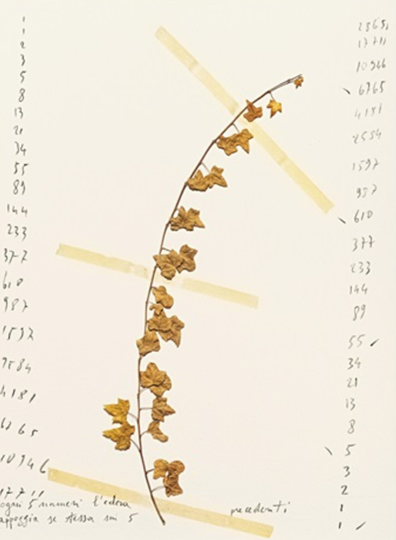
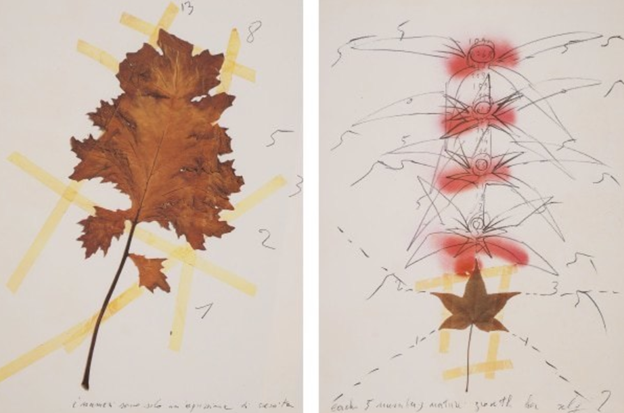
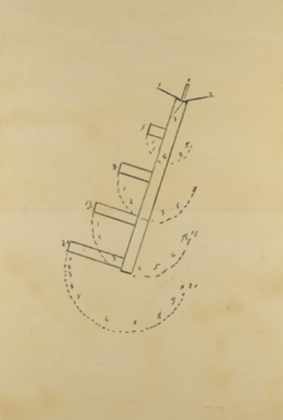
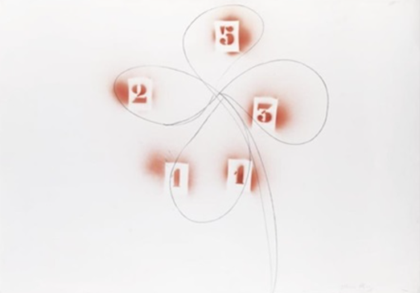
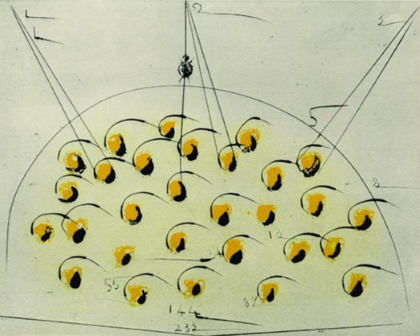
Take note of the interesting medium Mertz used in the installations below.
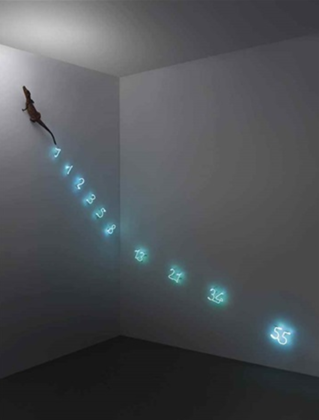
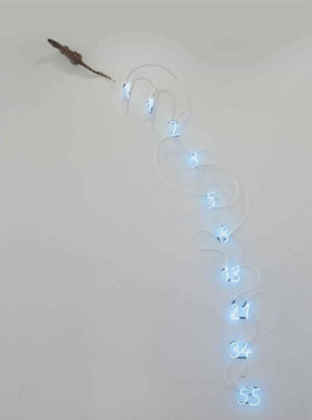
"Once again, the two fundamental starting points of Merz's work come together: nature and human pursuit are oriented toward completeness - even if the goal, like the infinity of the sequence of numbers, can never be reached."1
Footnotes
1nrw-skulptur.net
2 Wiki.org
